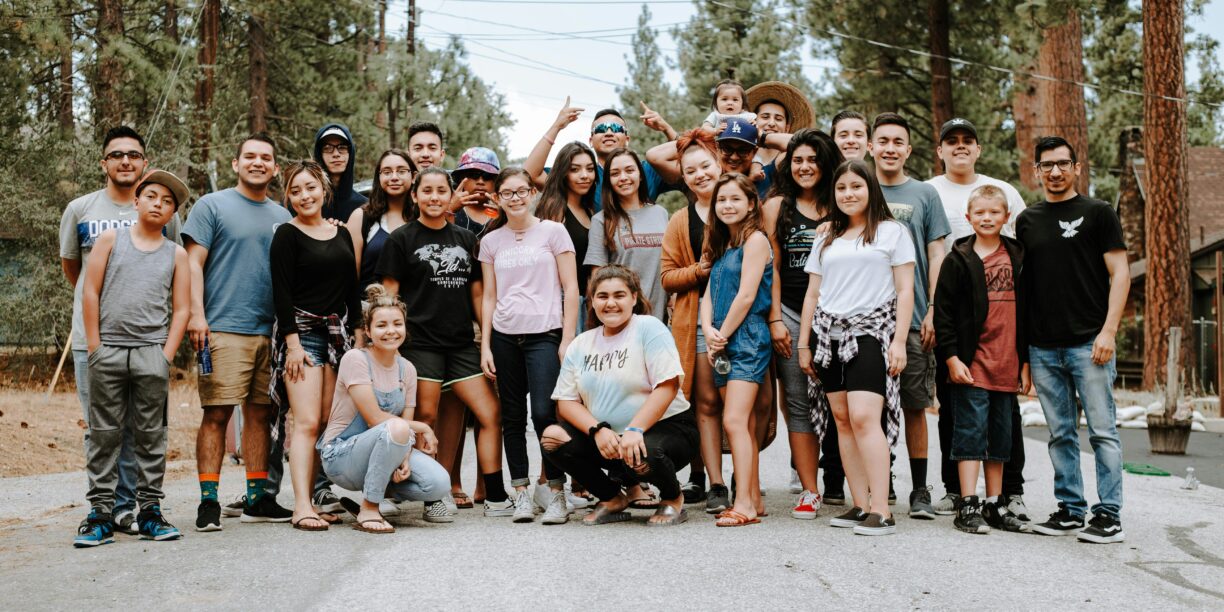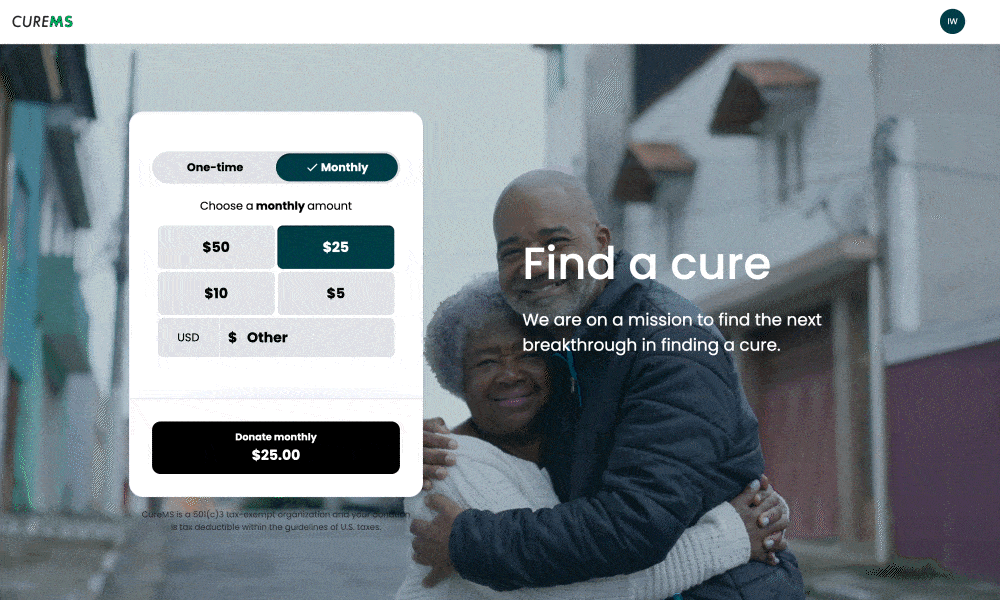Beyond the Status Quo: Reimagining Donor Engagement

This blog was written in collaboration with Katrina VanHuss, Founder of Turnkey For Good, and Otis Fulton, PhD, Vice President of Psychological Strategy.
Philanthropy is facing a significant challenge: donor engagement is dwindling. The critical question we must ask ourselves is: “Why?”
Could we be the issue?
If we admit that it might be us, our instinct is often to work harder—expand our pipeline and apply the same traditional methods that have long supported social good. However, to paraphrase a famous quote from Albert Einstein, repeating the same actions and expecting different results is the definition of insanity.
Yet, this is precisely what we continue to do.
The nonprofit sector not only struggles to advance social good but even to maintain it. This reality is well documented: In 2023, charitable giving, when adjusted for inflation, fell by 2.1%. But our response has increasingly focused on major donors and institutional giving, a strategy comparable to burning more fossil fuels to combat global warming.
So why are we doing this?
The evolutionary roots of our resistance to change
Humans inherently resist change. Our minds constantly engage in unconscious calculations that lead us to avoid new people, places, and processes.
It’s a tendency deeply ingrained in our DNA. Our ancestors who took bold risks—jumping off waterfalls or scaling cliffs—were less likely to survive. On the other hand, those who adopted a more cautious approach were more likely to endure and pass these traits to their descendants.
Over thousands of years, these survival instincts became ingrained in our unconscious, a discovery that psychologists only made in the 20th century.
Status quo bias
Psychologists call our dislike of new things the status quo bias, the preference for things to remain the same. This bias leads people to favor the current situation, even when change could lead to better outcomes. The familiar feels safe and comfortable, while the unknown provokes anxiety and uncertainty.
Our tendency to cling to the familiar—to prefer the comfort of the status quo—isn’t a matter of stubbornness. It’s a complex interplay of unconscious biases that shape our perceptions and decisions.
What are the other unconscious biases, and what can we learn about ourselves by understanding their effects better?
Confirmation bias
Confirmation bias is our brain’s way of sticking to what it already believes. We tend to seek information supporting our existing views and dismiss anything contradicting them.
Imagine your nonprofit is considering a new fundraising strategy. If you believe the old ways are best, you’ll likely focus on stories of failed attempts at innovation and ignore success stories.
This selective perception reinforces your belief that sticking to the status quo is the safest bet.
Loss aversion
Loss aversion is a powerful force against change. We feel the pain of losing something we already have more acutely than the pleasure of gaining something new. This bias makes us inherently cautious about change because we fear the potential losses more than we value the potential gains.
In a nonprofit boardroom, this could mean fearing the loss of donor trust or volunteer support if a new approach doesn’t work, even if the change could potentially double the impact of your efforts.
Endowment effect
The endowment effect, similar to loss aversion, explains our tendency to value things more because we own them. This bias can make us irrationally attached to our current methods, processes, old office furniture, or that sweater we haven’t worn in years.
In the context of change, it means we overvalue the status quo and undervalue new opportunities. For example, nonprofit teams may cherish a long-standing community program not just for its effectiveness but because it’s “ours,” making it hard to replace it with something new and potentially more effective.
When confirmation bias, loss aversion, and the endowment effect converge, it creates a formidable barrier to change. We see only the risks and negatives of new initiatives, feel the potential losses more intensely, and cling too tightly to what we already have.
How our egocentric view impedes true engagement
Finally, there’s another big challenge when planning and executing change: our egocentric perspective.
We typically make decisions based on what’s best for us individually, with our organizations coming next and our constituents a distant third. We might talk about being constituent-centric, but doing it is challenging.
Nonprofits also often use terms like engagement and relationships when referring to our constituents. However, what we usually mean is “They should talk to us more” rather than “They should talk to each other more.”
Engagement with like-minded community members is the fastest way to internalize and embrace an idea, making their involvement with your nonprofit a part of their identity.
Donors don’t give because they identify as donors. They give as an expression of who they are and what they want the world to be like. Your nonprofit is a vehicle for them to make the change they want to see in the world.
From short-term gains to long-term engagement
To drive meaningful change, we need to shift our focus to long-term satisfaction for our constituents. Often, our immediate decisions prioritize our comfort and control, leading to disengagement from those we aim to serve.
Instead, we should plan thoughtfully and strategically, putting our constituents’ experiences first. By focusing on their long-term satisfaction, we create strategies that make them feel valued and engaged. When constituents are happy, they stay, recruit, fundraise, advocate, and serve, leading to better outcomes for everyone involved.
What does happiness look like?
First, we need to define the situation we want to create for supporters. Ideally, it’s a place where they’re in charge and surrounded by other people like themselves.
You help empower constituents by creating a social fundraising environment that puts them in charge of the message and lets them tailor it as they see fit. With Classy’s fundraising platform, nonprofits can invite their supporters to take the front seat and connect with like-minded peers in the process.
Whether it’s through peer-to-peer fundraising, participating in live or hybrid events, connecting with fellow donors via campaign activity feeds, or engaging in any of the other opportunities for ownership and community-building, Classy has a way.
See it in action
One great example of how this can come to life is Movember, an organization focused on changing the face of men’s health. One of their collegiate supporters wanted to make a statement on campus and fundraise for their cause by dressing up as a certain part of the male anatomy, and Movember was in full support.
Not only did this individual raise a substantial amount of money, but he also inspired fraternity chapters in several other states to support Movember with events. One chapter alone raised over $400,000 in less than 24 hours.
Where to begin
Stories like Movember’s prove the value of nonprofits becoming facilitators rather than prescribing rigid frameworks for engagement. But without the right technology to help your organization adopt this evolution at scale, your efforts will likely fall short.
Classy and GoFundMe merged just over two years ago, and together, since their inception, they’ve helped organizations and individuals raise more than $30 billion from a community of over 150 million.
GoFundMe recently introduced Impact Links, a feature that provides individual donors with a unique link for each donation they make. These links allow donors to track, grow, and celebrate their contributions across all GoFundMe campaigns. All data is collected in a personalized impact dashboard, where donors can view their total impact across the fundraisers they’ve supported and also see the names and amounts of those they’ve inspired to donate.
This is just one example of how Classy and GoFundMe have come together to build technology to help nonprofits empower their communities rather than constrain them.
How is your fundraising platform helping to build, nurture, and sustain your donor communities? Request a demo to see how Classy centers the donor experience in everything we create.
Copy Editor: Ayanna Julien

See Classy in action
Subscribe to the Classy Blog
Get the latest fundraising tips, trends, and ideas in your inbox.
Thank you for subscribing
You signed up for emails from Classy
Request a demo
Learn how top nonprofits use Classy to power their fundraising.



